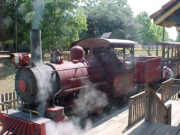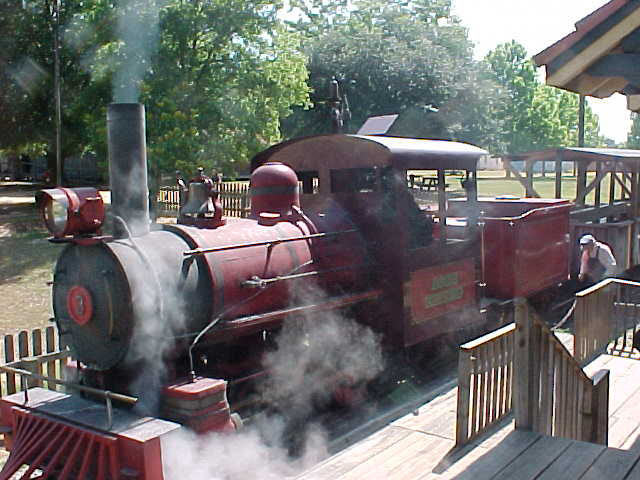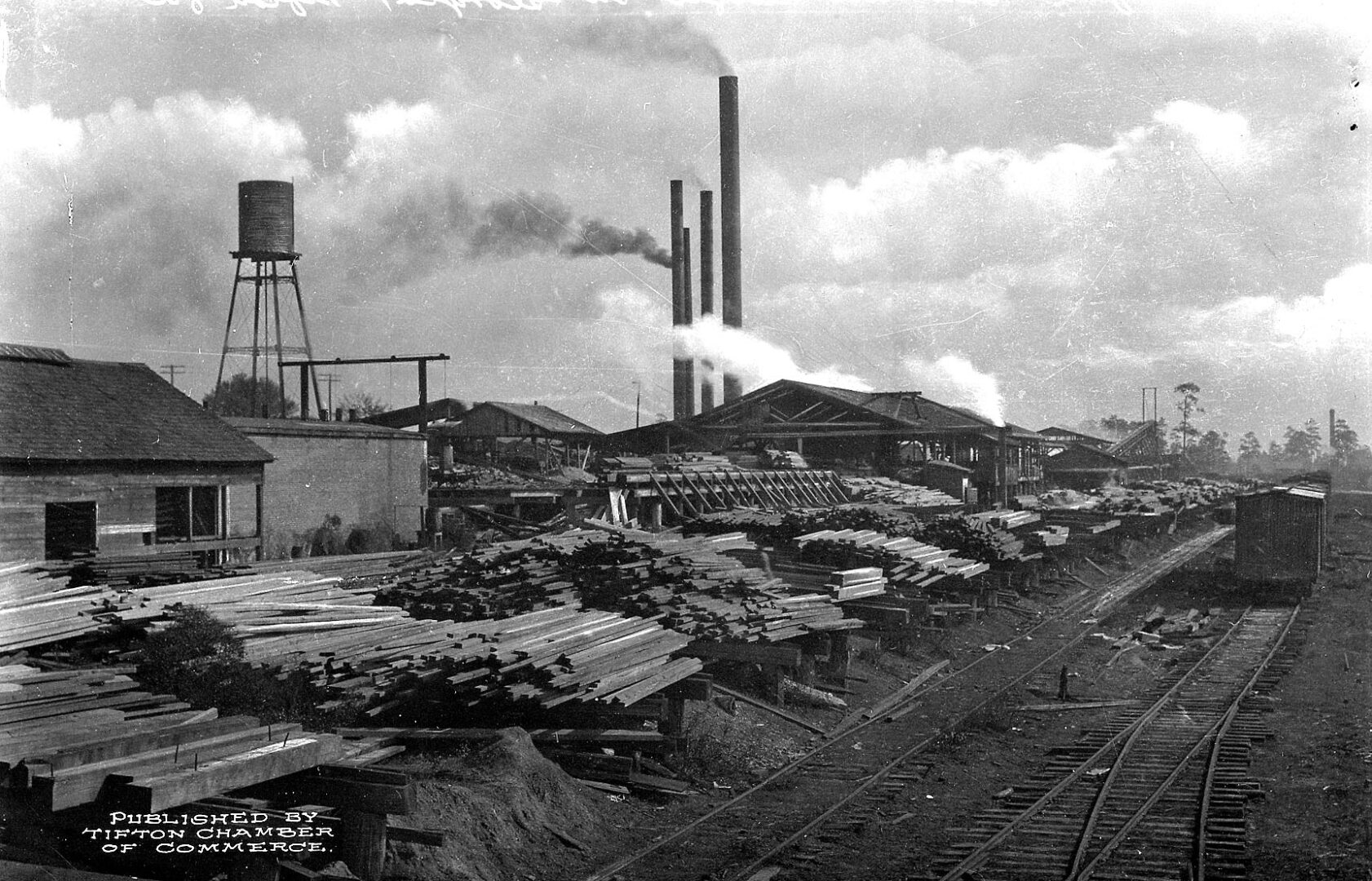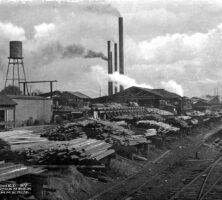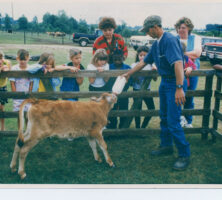Tifton, the county seat of Tift County, is located on the coastal plain in south central Georgia some sixty miles from the Florida border. Situated at the intersection of several major thoroughfares, Tifton serves as a crossroads of south Georgia.
Founding and Early Years
Tifton was founded in 1872 by a marine engineer turned lumberman-entrepreneur, Henry Harding Tift, who named the town for his uncle Nelson Tift, a businessman, judge, and congressman. The clearing of timberlands as a result of lumbering left space for the raising of peaches, grapes, cotton, tobacco, and sheep. Agriculture became, and remains today, a staple of the area’s growth. The fertility of the land attracted persons from all over the country; even in the 1800s Tifton possessed an opera house (built in the 1890s), a daily newspaper (the still extant Tifton Gazette), and an appreciation for education and the arts.

Tifton’s early prominence also stemmed from its location at the convergence of the Brunswick and Albany Railroad and two old pioneer trails. With the arrival of the Georgia Southern and Florida Railroad in 1888, followed by the town’s incorporation in 1890, Tifton’s primacy in the region was established. Its central location spurred this early growth and had a continued impact in the twentieth century. The junction at Tifton of north-south Highway 41 and east-west Highway 82, followed by the coming of Interstate 75 in the early 1960s and the expansion of Highway 82 into the Corridor Z–South Georgia Parkway, has cemented Tifton’s place as a transportation center.
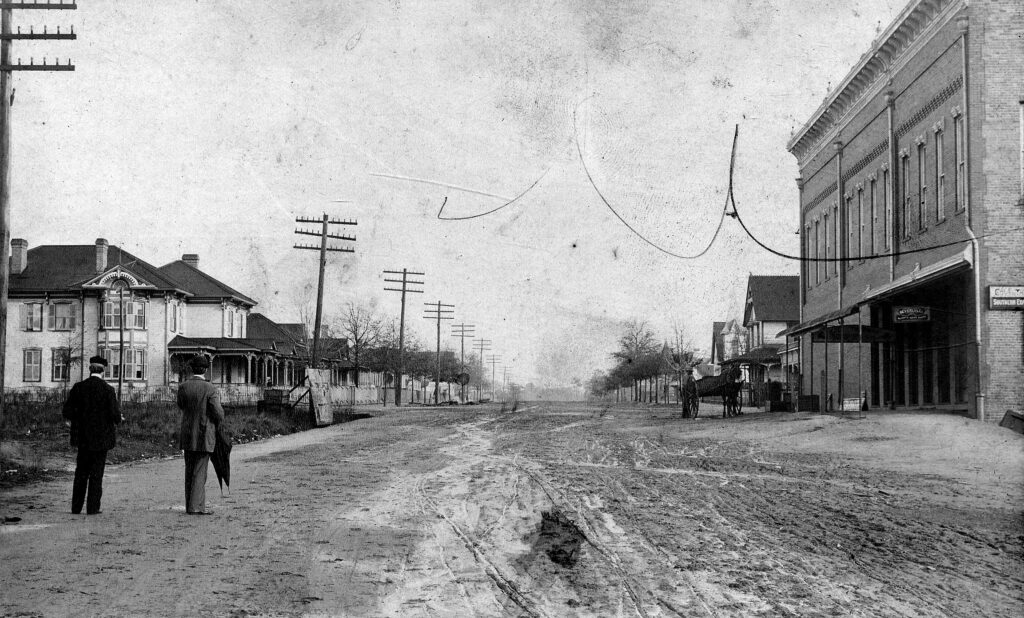
In its early days Tifton was known as “the Gate City” and served as the port of entry for regions to the south. A grower and shipper of many varieties of vegetable and fruits, Tifton and the Tift area have now been dubbed “Plant Center of the World.” Although the town’s roots have remained in agriculture, Tifton has continued to transform itself, emerging in the past decade as a “Reading Capital of the World” (for the number of books read) and named one of “The 100 Best Small Towns in America.”

Twentieth Century
Tifton’s agricultural beginnings spawned two institutions that remain to this date—the University of Georgia Tifton campus (formerly Coastal Plain Experiment Station) and Abraham Baldwin Agricultural College. These institutions have attracted numerous agriculture-related scientists and educators, among them Naomi Chapman Woodroof, the first state-employed plant pathologist at the experiment station, and Glenn Burton, who helped develop the grasses that cover golf courses, stadiums, and ball fields around the globe. In addition, scientists from these institutions have developed a range of food products. Tifton was also the home of the first “official presidential pilot,” Henry Tift Myers, for whom the local airport is named; Myers piloted U.S. president Franklin D. Roosevelt. Bob Hoffman, the “father of American weightlifting,” is a native of Tifton.
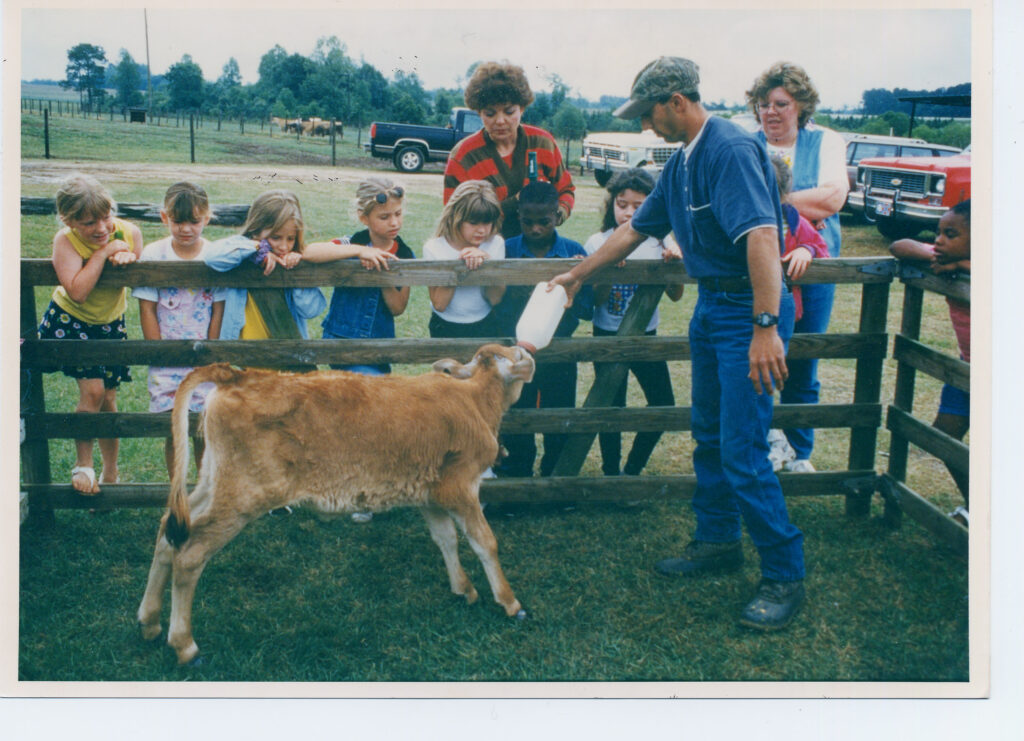
Twenty-First Century and Beyond
According to the 2020 U.S. census, Tifton had a population of 17,045. Its tradition as a regional center continues: it is the home of the south Georgia offices of the Georgia secretary of state and of the State Bar of Georgia; it is an area leader in health care, education, business and industry, athletics and recreation, and the arts; and it is a center for the distribution of goods and agricultural products. Among its main attractions is the Georgia Museum of Agriculture and Historic Village (formerly the Georgia Agrirama), a living history museum.


